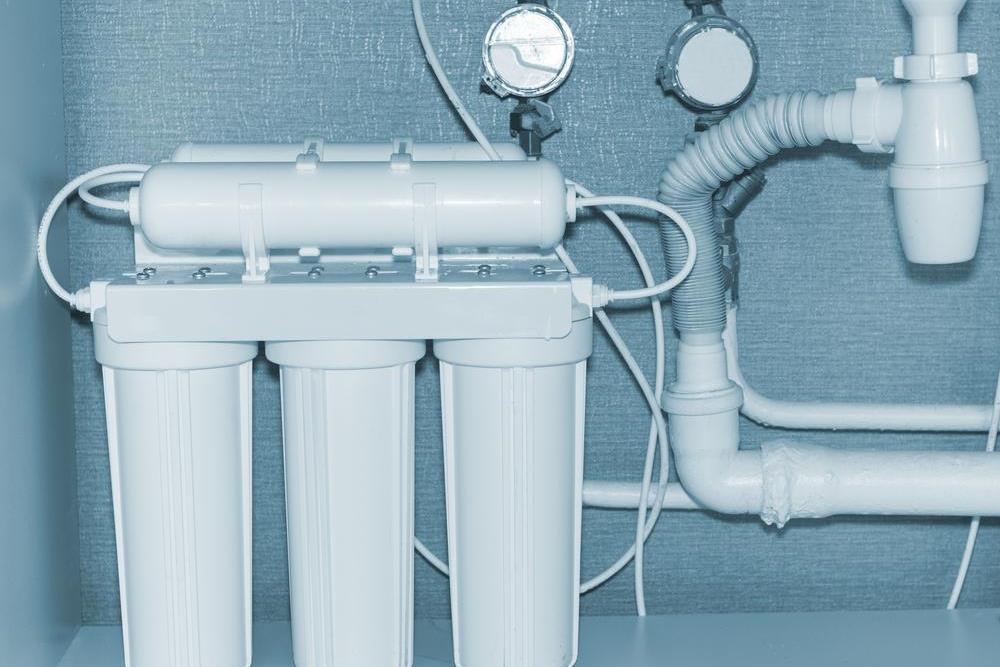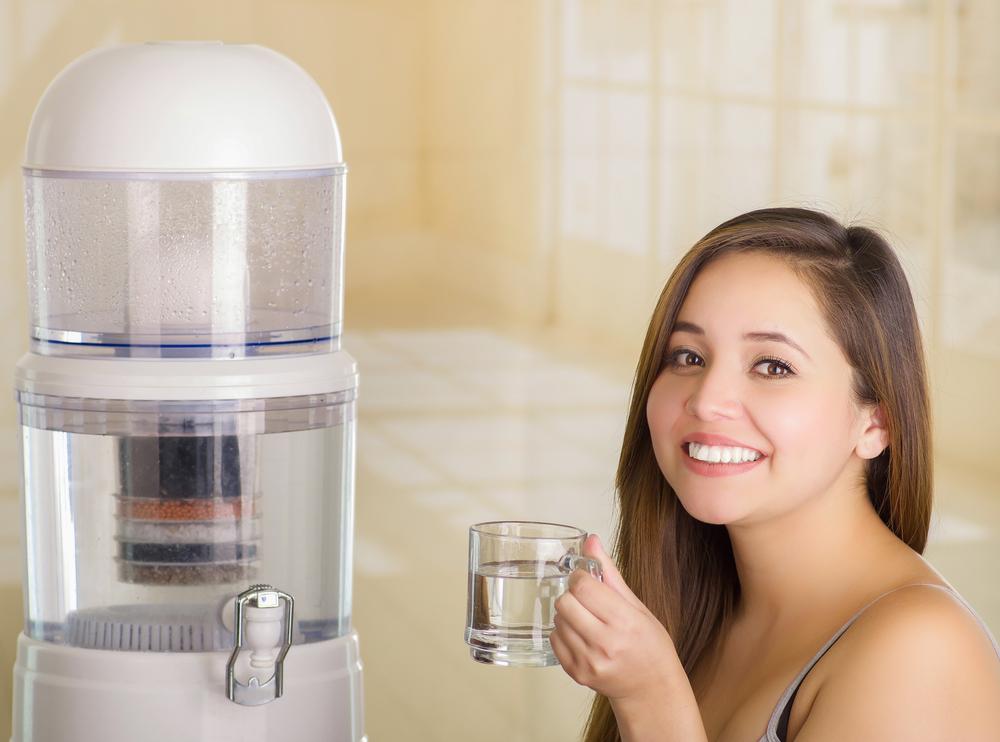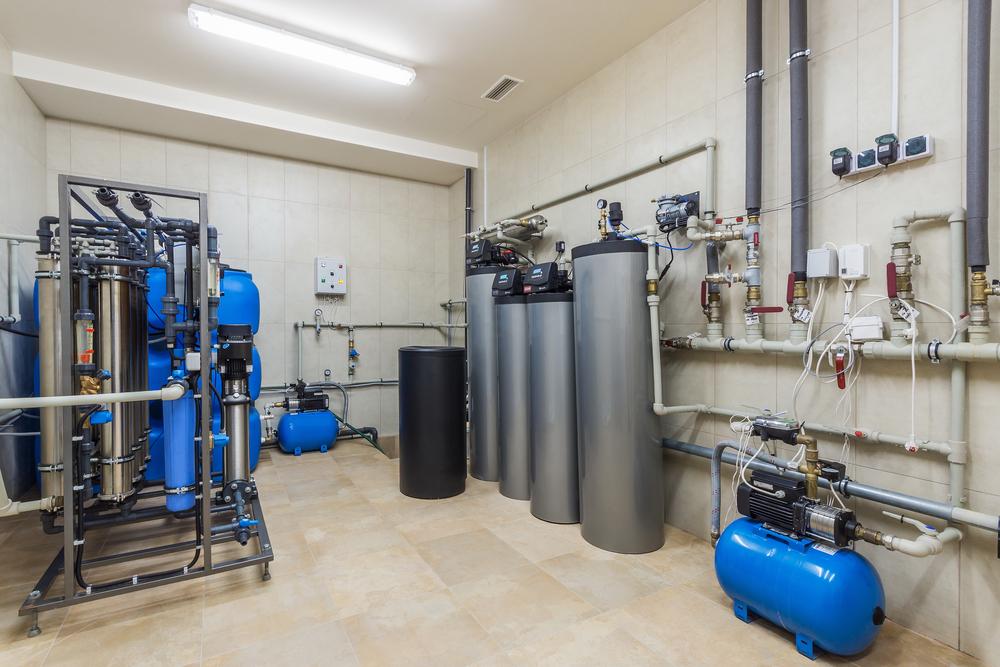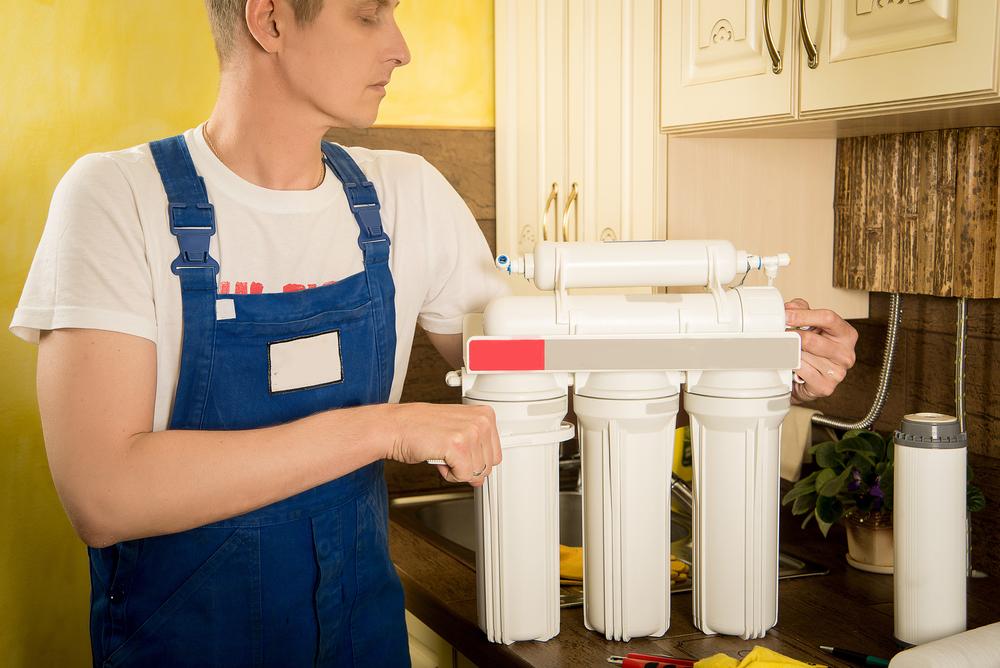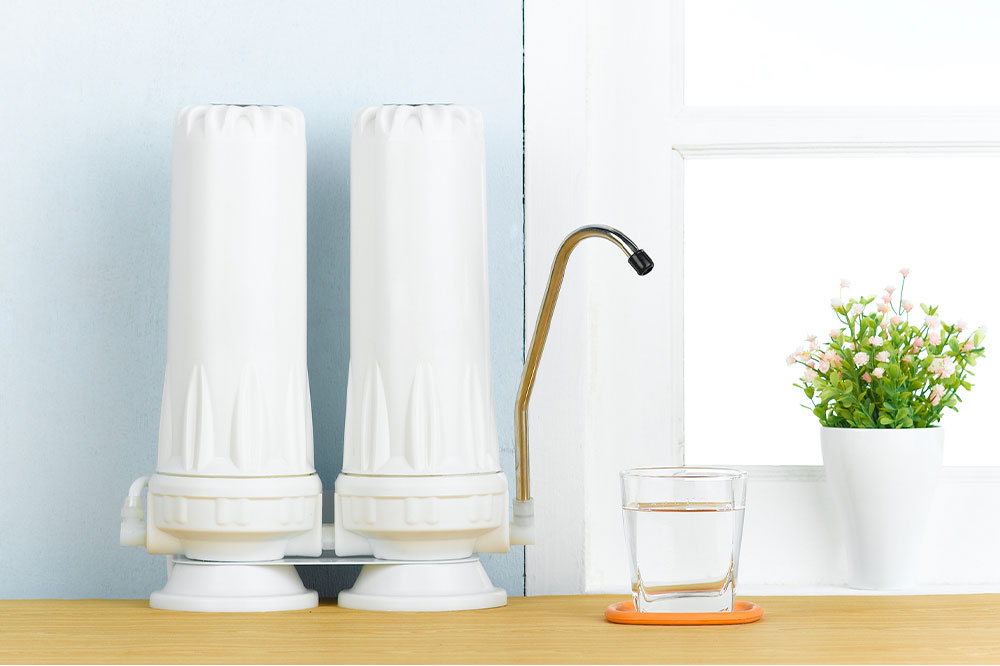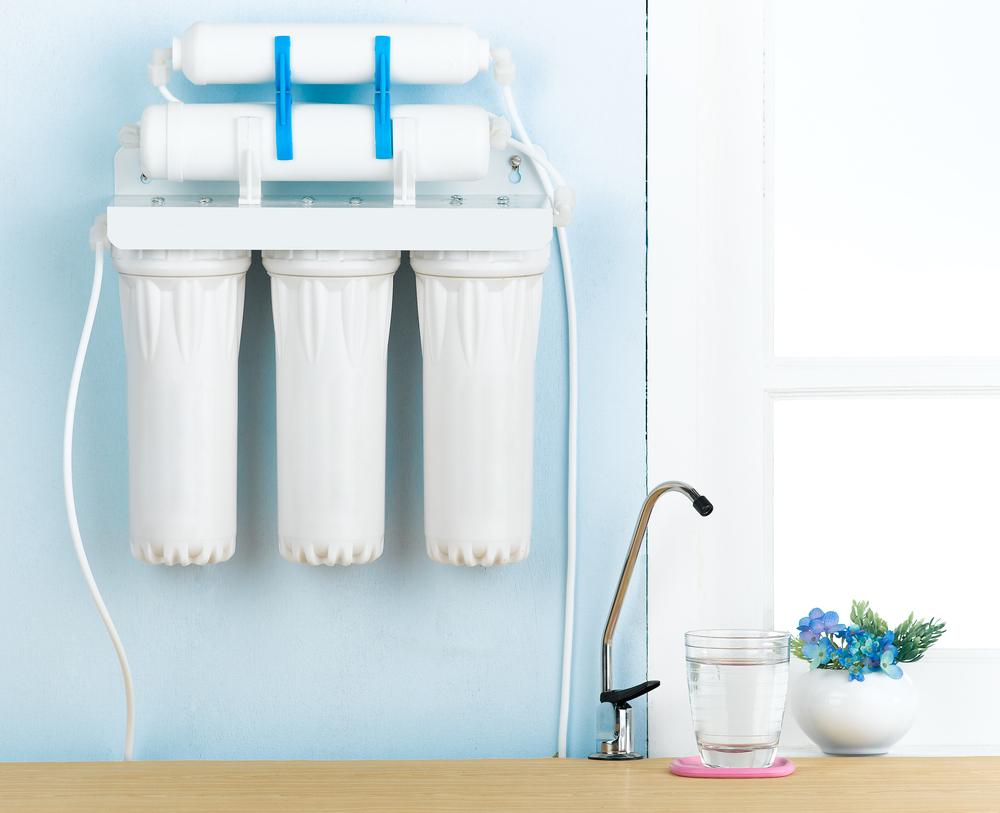Understanding the Role of UV Water Purification Systems
Learn about UV water purification systems, their working principles, benefits, and limitations. Discover how UV treatment effectively kills harmful pathogens, ensuring safe drinking water. Easy to install and energy-efficient, UV systems are a reliable solution for residential and institutional water safety. Understand the importance of pre-filtration and maintenance to maximize performance. Stay informed about the best practices for using UV water purifiers to ensure clean, pathogen-free water supply.
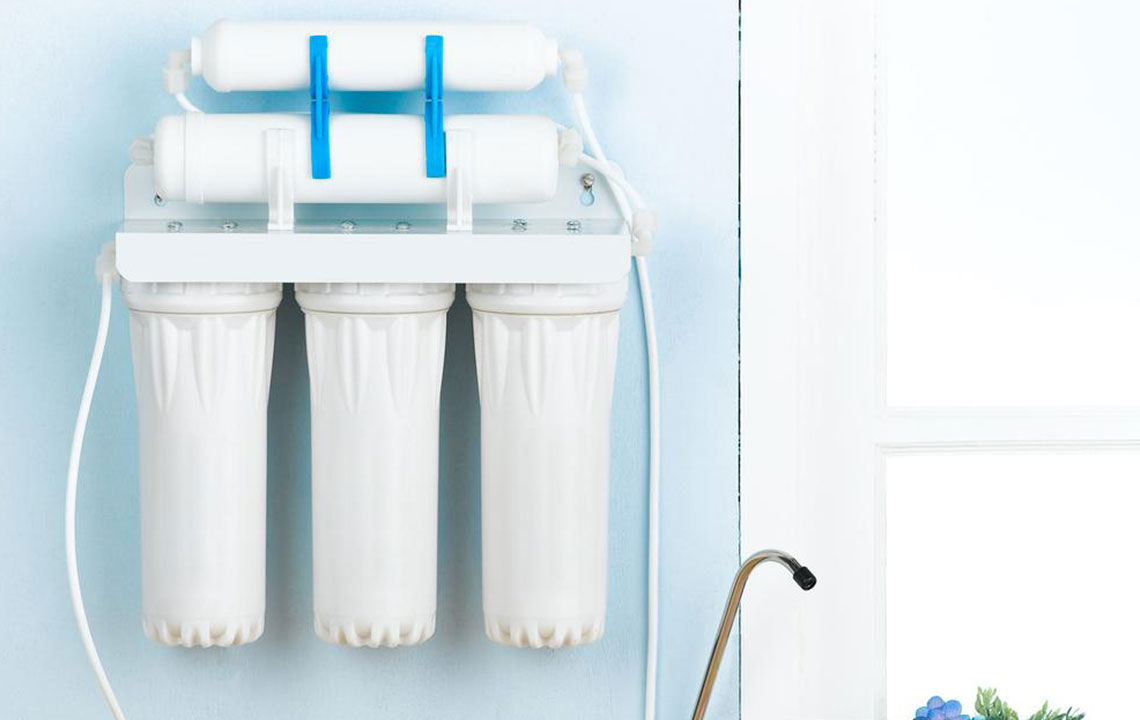
Understanding the Role of UV Water Purification Systems
UV water purification offers an effective and affordable method to eliminate harmful pathogens from drinking water. It effectively destroys viruses, bacteria, molds, and other disease-causing organisms. Notably, UV treatment can neutralize viruses like hepatitis, which are resistant to chlorine disinfectants.
How does UV water purification work?
Invisible UV light, approximately 254 nanometers wavelength, is emitted from a specialized UV lamp, delivering intense radiation that surpasses sunlight levels.
Water flows through a chamber containing a UV lamp, exposing it to ultraviolet radiation. Typically, these systems use mercury vapor lamps, known as germicidal lamps.
Electrified arcs vaporize mercury inside the lamp, producing short-wavelength UV rays essential for disinfection.
The lamps are constructed from quartz glass, allowing transmission of UV light around 254 nanometers, achieved under low-pressure conditions inside the lamp.
Before UV treatment, water passes through a pre-filter—usually 5 microns—to remove turbidity, ensuring better UV penetration and higher purification efficiency.
Advantages and limitations of UV water sterilization
Advantages
Cost-effective method that effectively eliminates most waterborne pathogens, improving water safety.
Affordable options are available starting at approximately $250 for small-scale use and around $1500 for whole-house systems.
Low energy consumption, requiring only about 100 watts to operate.
Simple installation and maintenance, with no damage to plumbing or septic systems.
Limitations
Requires electricity; not operational during power outages.
UV light is invisible, making it difficult to verify if the system is functioning properly, necessitating filter replacements twice yearly.
Note:
Our blog provides diverse and practical information across various categories. While we aim for accuracy, readers should consider the content as informational rather than conclusive. The editorial team is not responsible for discrepancies or inaccuracies in external data or offers. We advise verifying details independently for optimal results.

